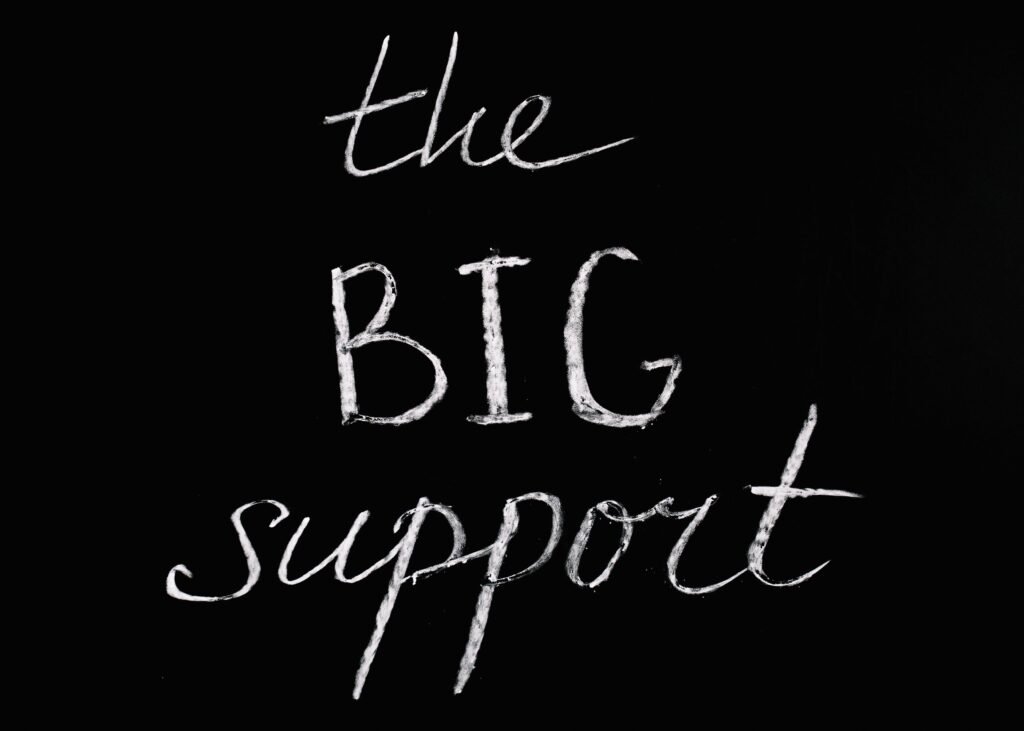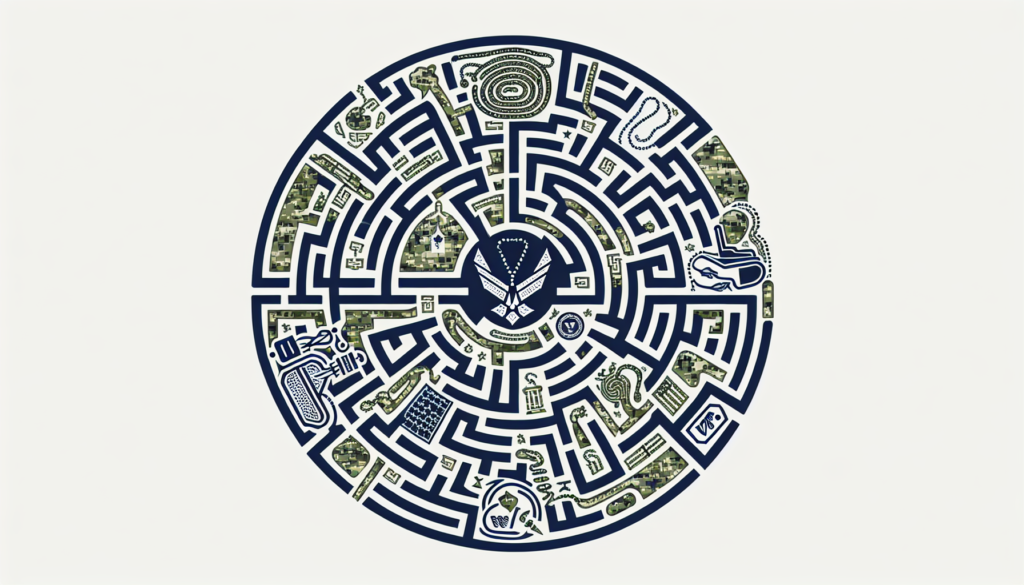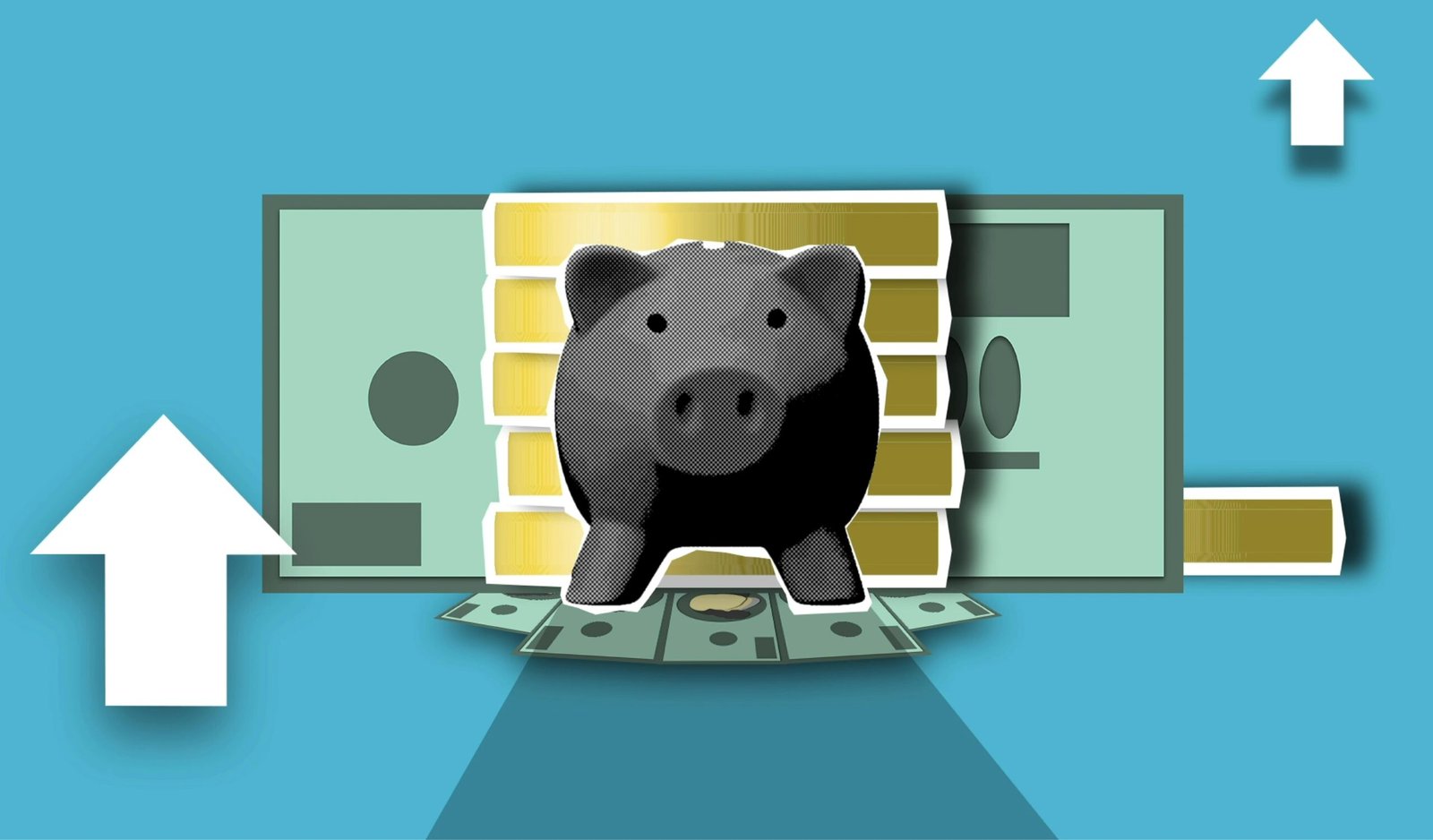In the labyrinth of life after service, “Navigating the Maze of VA Disability Benefits” stands as your beacon, casting light on the path toward the support and recognition you’ve earned. This is more than just a guide; it’s your ally in decoding the complexities of veterans’ healthcare, educational opportunities, and financial aid. With a treasure trove of resources and expert advice at your fingertips, you can cut through confusion, connect with a community that understands, and construct a life of fulfillment. Embrace the well-deserved assistance waiting for you as you step confidently into a future where your service continues to be honored.

This image is property of images.pexels.com.
Understanding VA Disability Benefits
What Are VA Disability Benefits?
VA disability benefits are a cornerstone of support that you, as a veteran, may receive if you’ve sustained an injury or an illness during your military service. These benefits are designed not only to acknowledge the sacrifices you’ve made but also to assist you in dealing with the financial strain that often accompanies a service-connected disability.
Eligibility Requirements for VA Benefits
To be eligible for VA benefits, there are certain criteria you must meet. Firstly, you must have served on active duty, active duty for training, or inactive duty training. Secondly, you must have a disability rating for your service-connected condition. Importantly, you must have been honorably discharged to qualify. Some exceptions may apply depending on your specific circumstances.
Different Types of Disability Claims
Various claims can be submitted, such as an original disability claim when you first report your condition, a new claim for issues that have surfaced since your last adjudication, or secondary claims for illnesses or injuries that are a direct result of a service-connected condition. There’s also the increased disability claim, for when your existing conditions have worsened over time.
The VA Disability Ratings Explained
How Disability Ratings Work
Disability ratings are employed to measure the severity of your condition and its impact on your ability to work. These are represented in percentages, ranging from 0% to 100%, assigned in 10% increments. The higher the percentage, the more compensation you’re eligible to receive. This reflects a greater impact on your functional capabilities.
The Schedule for Rating Disabilities
The schedule for rating disabilities is a complex framework used by the VA to determine how disabilities are assessed in terms of severity and impact on your daily life. The schedule lists numerous conditions with specific criteria for each one, which guides the assignment of your disability percentage.
Conditions Not Covered by VA Disability
Not all conditions are covered by VA disability. Generally, the VA does not provide benefits for disabilities that are considered the result of willful misconduct or those that occurred while you were not on active duty. It’s important to understand which conditions are eligible to avoid unnecessary confusion during your claims process.
Filing Your VA Disability Claim
Gathering Necessary Documentation
When preparing to file your VA disability claim, gathering the necessary documentation is crucial. This includes your medical records, service treatment records, and any supporting statements from fellow service members or your family. Having these documents in order can streamline your claim’s review.
Step-by-Step Guide to Filing a Claim
Filing a claim can be a systematic process if followed step by step. Begin by preparing your paperwork and then submit your claim via mail, in person at a VA office, or online through the eBenefits portal. After submission, await confirmation that the VA has received your documentation and begin to track your claim’s status.
Common Mistakes to Avoid When Filing
It’s natural to make mistakes, but some can prevent your claim from being processed correctly. Avoid errors such as incomplete forms, lack of evidence, or not reporting all your symptoms. Ensure you give clear and complete information to avoid delays or the possibility of denial.
The Claims Process
Initial Submission
After your claim’s initial submission, it’s a waiting game, but it’s not idle time. Utilize this period to gather any additional evidence that may support your claim or to correct any deficiencies if the VA requests.
Claim Review Process
The review process involves a VA claims examiner going through all your submitted materials, medical records, and possibly ordering a Compensation & Pension (C&P) exam. This is where they’ll determine the link between your disability and your service.
What Happens After a Decision Is Made?
After a decision is made regarding your claim, you’ll receive notification of the result. If approved, you’ll be informed about your disability rating and the amount of compensation you’ll receive. If denied, you’ll be given an explanation and information on how to appeal.

This image is property of images.pexels.com.
Managing Claim Delays and Denials
Reasons for Claims Denials
Claims can be denied for various reasons, such as insufficient evidence to prove your condition is service-connected or the failure to attend a C&P exam. It’s essential to understand why your claim was denied so you can take the appropriate steps to rectify it or to appeal.
How to Handle Claim Delays
Claim delays can happen, but how you manage them can make a difference. Keep in constant communication with your VA representative and continue to provide any additional information that could support your claim.
Appealing a VA Decision
If your claim is denied, you have the right to appeal. Start by reviewing the decision letter to understand the rationale behind the denial, then file a Notice of Disagreement with the VA. It’s a good practice to seek the assistance of a VA-accredited attorney or a claims agent during this process.
Navigating VA Health Care
Enrollment in VA Health Care System
Enrolling in the VA Health Care System is your gateway to a range of benefits and services. To enroll, apply online, in person, by phone, or by mail. Your eligibility will be determined based on factors such as your service-connected disability status and your income.
Available Health Benefits and Services
Once enrolled, you have access to numerous health benefits and services, including preventive care, inpatient and outpatient services, mental health care, substance abuse treatment, and more. Ensure to leverage the advantages that are catered to your specific needs.
Coordinating Non-VA Medical Care
There may be times when you need medical care outside the VA system. For those times, the Veterans Community Care Program might provide you an option to receive care from a local community provider, paid for by the VA.

This image is property of images.pexels.com.
Specialized VA Programs and Services
Support for Homeless Veterans
If you’re facing homelessness or are at risk, the VA offers targeted programs like the HUD-VA Supportive Housing program and Supportive Services for Veteran Families to help you secure housing and developing a plan for stability.
Women Veterans Health Care Programs
Women veterans can access gender-specific healthcare, including breast and gynecological care, maternity coverage, and other services tailoring to the unique health needs of women who have served.
Mental Health and PTSD Support Services
Mental health is a top priority, and the VA provides robust support, including therapy, counseling, and PTSD-specific treatment. No matter your mental health needs, support is available.
Transitioning from Service to Civilian Life
Education and Employment Assistance
Use the benefits available to you, like the GI Bill, for education, and take advantage of the employment services aimed to help you find and keep a satisfying job.
VA Home Loan Guaranty Program
The VA Home Loan Guaranty Program is there to help you purchase, build, or adapt a home for your personal occupancy with favorable loan terms and rates.
Vocational Rehabilitation and Employment Services
If you’re living with a disability that makes employment challenging, vocational rehabilitation services offer counseling, training, education, and job placement assistance.

Connecting with Other Veterans
Joining Veteran Service Organizations
Veteran Service Organizations (VSOs) can offer camaraderie as well as advocacy on behalf of your needs and interests. Consider joining one for both support and fellowship.
Building a Support Network
Building a support network with fellow veterans can facilitate shared experiences and can offer a sense of understanding and community that’s hard to find elsewhere.
Utilizing Peer-to-Peer Mentorship Programs
Peer-to-peer mentorship programs are a valuable resource where you can give and receive guidance from those who have traveled a similar path, easing the transition into post-service life.
Resources and Assistance for Navigating the System
Veterans Benefits Administration Offices
Local Veterans Benefits Administration (VBA) offices provide one-on-one assistance in navigating the benefits system, making them an invaluable ally in your claim journey.
Legal Assistance for Veterans
There are organizations that provide legal assistance specifically for veterans, which can help you understand and exercise your rights, especially if you’re dealing with a denied claim or other legal complications.
Online Resources and VA Mobile Apps
The VA offers various online resources and mobile apps designed to help you manage your health care, benefits, and personal data. Leverage these digital tools to make your experience with the VA more accessible and manageable.
Your service has earned you the right to these resources. Familiarizing yourself with them is the first step to taking full advantage of the benefits at your disposal. It is your time, your service, your sacrifices — and now, your benefits.
